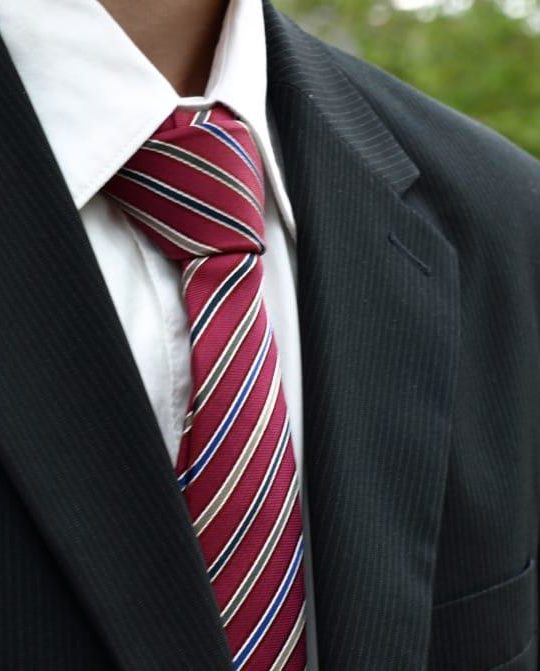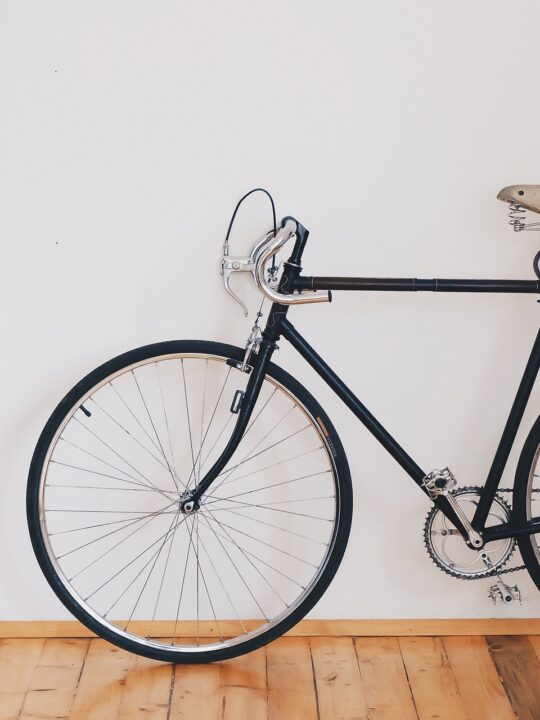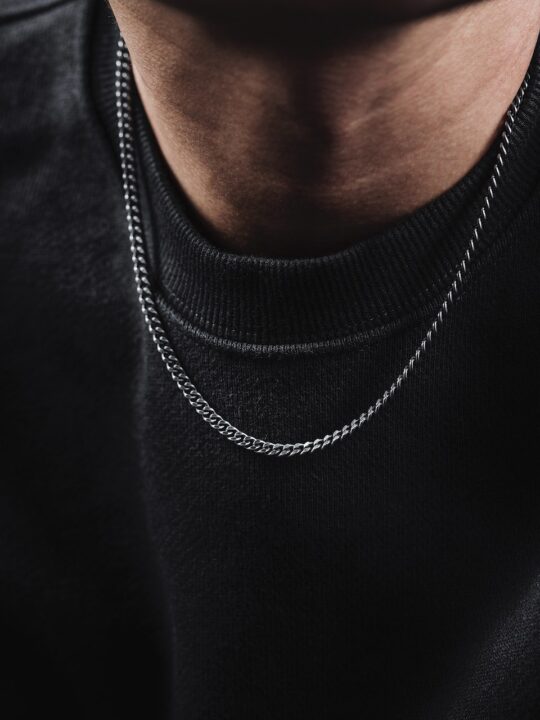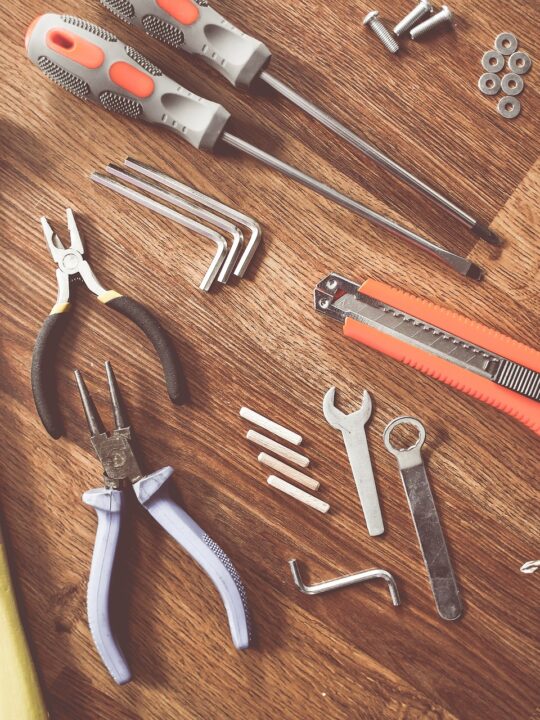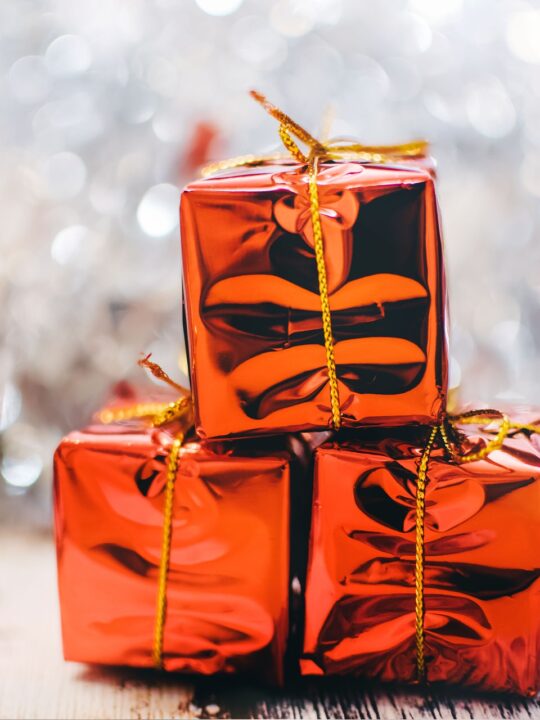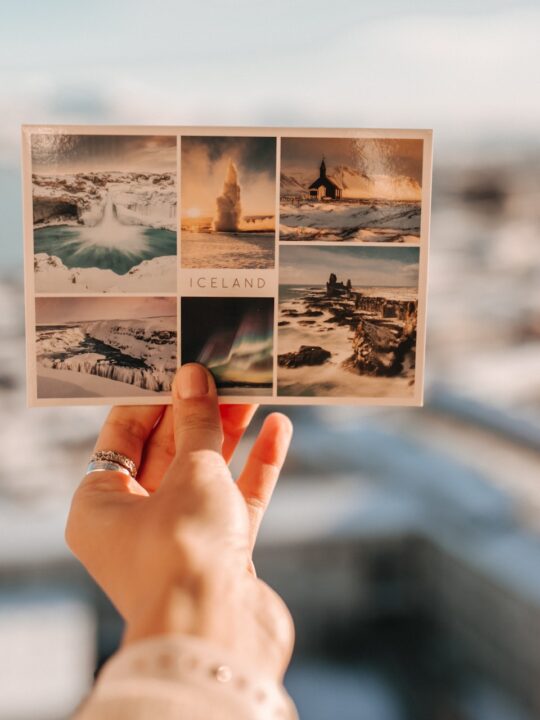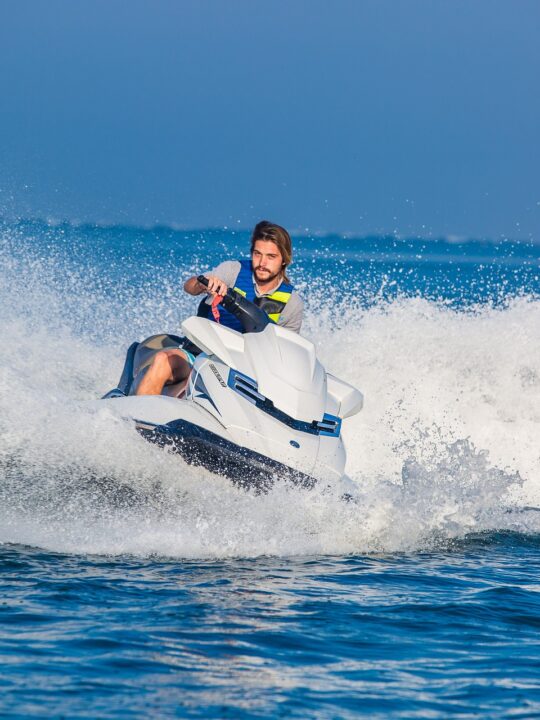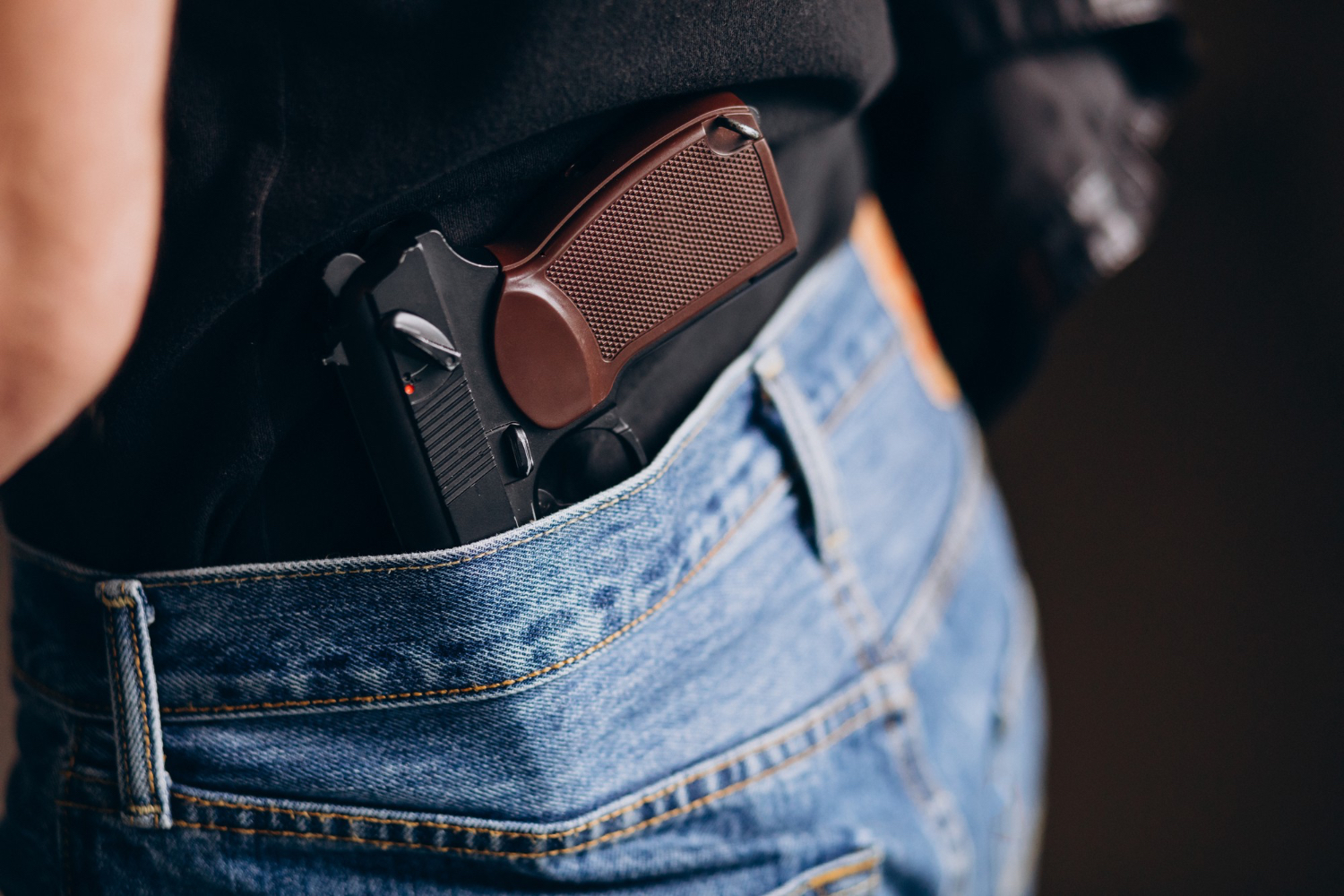 Choosing the proper clothing and carrying method for concealed carry is very personal. Some people like to wear a suit jacket over inside-the-waistband (IWB) or shoulder holsters, but the open back of a suit jacket can easily reveal your firearm when you move or bend over.
Choosing the proper clothing and carrying method for concealed carry is very personal. Some people like to wear a suit jacket over inside-the-waistband (IWB) or shoulder holsters, but the open back of a suit jacket can easily reveal your firearm when you move or bend over.
Other options include shirts with a cover garment that can hide your gun, spare mags, and a knife. These shirts can be worn in cold weather and cover up prints.
Table of Contents
Natural Fabrics
Regarding concealment clothing for travel, natural fabrics are always a good choice. They are light, comfortable, and help to conceal a firearm well.
The fabric you wear is the most important factor in concealing your firearm. Natural fibers like cotton, silk, linen, hemp, and jute are great options for a concealed carrier.
Natural fabrics have a bit of structure, making them the least likely to settle into the hard lines of your firearm and holster. They are also soft against the skin and allow air to circulate, a bonus for hotter climates. The key to hiding a firearm in natural-fiber clothing is how you tuck it in. A French or Knot-front shirt is ideal as it creates a small “pocket” around the waist area your firearm can sit behind to minimize printing.
Prints
Sturdy sports coats can hide a hip holster without being too bulky. This is a great option for people who need to carry a gun as part of their job — like plainclothes detectives, security guards, or entrepreneurs in dangerous places.
Another simple option is wearing a sports shirt or casual T-shirt loose and untucked. This will give you plenty of concealment for any IWB or OWB holster and looks much more natural than wearing a suit jacket or blazer.
For those who have a tailor they can help with concealment clothing by creating a purpose-made garment that’s tailored for the pistol and holster of choice. Be sure to call ahead and let the tailor know you’ll bring a firearm for the fitting.
Tank Tops
Whether carrying in an IWB or OWB holster, tank tops are great for keeping a gun comfortable. They also help prevent certain fabrics from clinging to your body and can mask the firearm’s and holster’s outline.
Tie-front and knot-front shirts are another good concealment option. These create a little pocket around your waist that can help minimize printing.
Remember, concealed carry isn’t about being comfortable; it’s about ensuring you can defend yourself or your loved ones when necessary. If that means having a less-than-comfortable outfit, then that’s okay. Just practice dry draws and use a proper gun belt and holster to ensure your weapon is easily accessible. You’ll thank yourself later. The more prepared you are, the better off you’ll be.
Cover Garments
Whether you’re a police detective or a private citizen traveling abroad, having access to your weapon is an important consideration. A good tailor can help you with this by arranging for your cover garments to conceal a pistol without creating a bulge that’s difficult to hide.
While carrying inside the waistband (IWB) is a popular carry method, it requires your shirt to be tucked in, making it hard to draw a gun quickly. Choosing a holster designed to be worn on the back of your body (OWB) is a more comfortable option that’s also easier to access.
If you will have your garments tailored for concealed carry, it’s best to bring the gun along to ensure everything fits properly. Most tailors are used to seeing men with firearms and should be able to accommodate you.
Shorts
While not stylish, shirts tailored specifically for concealed carry work extremely well. This type of shirt allows for a better range of movement when reaching for your gun and reduces the chance that it will blow up or get brushed against and flash your firearm. Examples include the Kakadu Gunn Worn shirts used by law enforcement and military intelligence officers deployed in European hot spots.
Concealed carry isn’t necessarily about being comfortable, but it is about being able to defend yourself and your loved ones immediately. Clothing can help with that, but you still have to give the most priority to your holster and firearm. That’s why it’s always worth letting your tailor know you will carry a firearm before they start alterations.
